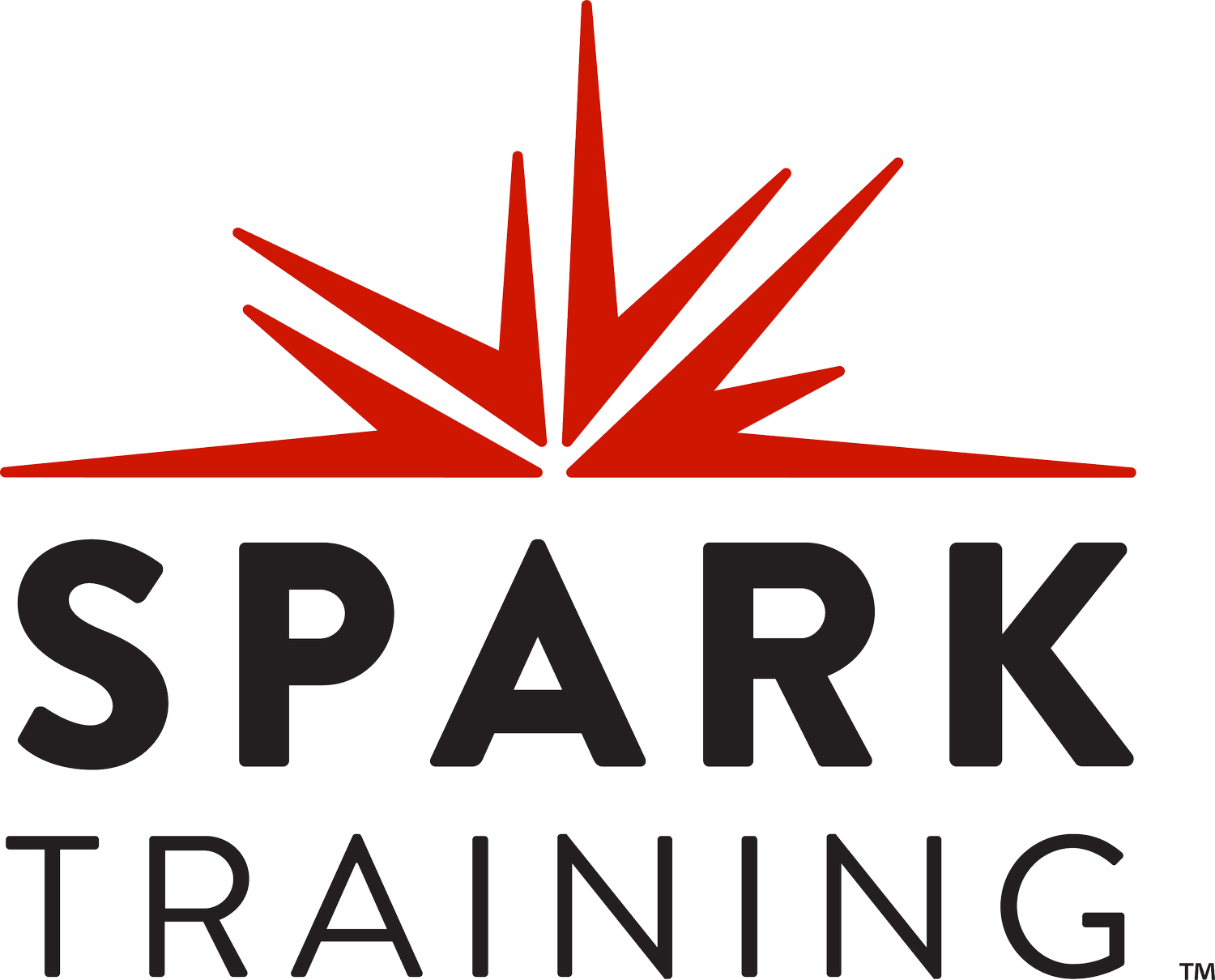You ASQed... Now What?
Screening for suicide does not stop at the door, and neither should support for detainees experiencing suicidal ideation. But what comes next? Screening detainees with the Ask Suicide-Screening Questions (ASQ) is just the beginning. Be alert for trigger events such as arrival to the facility, court appearances, or personal crises. Immediate reassessment with the ASQ is vital.
Do a BSSA
After completing the ASQ, use the Basic Suicide Safety Assessment (BSSA) to collect vital information for qualified mental health professionals (QMHPs). Suicide precautions should be personalized to an individual's specific needs; there is no one-size-fits-all approach. The BSSA is a simple yet powerful tool to help QMHPs determine appropriate precautions. Like the ASQ, most sections of the form can be completed by anyone in a jail. Collaborate with QMHPs to complete the disposition portion of the BSSA. Suicide prevention is a team effort. Do a BSSA.
Trust your gut
Trust your instincts when it comes to suicide risk assessment. Ongoing vigilance is a key component of prevention, especially during stressful times like holidays or when detainees exhibit sudden changes in behavior. While the ASQ is a valuable tool, don't underestimate the power of intuition. Keep a close eye on subtle shifts in hygiene, eye contact, body language, and speech. Particularly during detox periods, the potential for overdose and suicide is heightened. Educate staff on withdrawal symptoms, maintain close monitoring, ensure proper hydration, and conduct regular ASQ screenings when a detainee is detoxing.
Remember, suicide prevention is a collective effort. Collaboration among team members, especially with QMHPs, is essential for effective suicide prevention strategies. Trust your gut.
Click HERE for a suicide screening checklist.
For more information, please contact training@sparktraining.us.
Disclaimer
All materials have been prepared for general information purposes only. The information presented should be treated as guidelines, not rules. The information presented is not intended to establish a standard of medical care and is not a substitute for common sense. The information presented is not legal advice, is not to be acted on as such, may not be current, and is subject to change without notice. Each situation should be addressed on a case-by-case basis. WHEN IN DOUBT, SEND THEM OUT.®






















